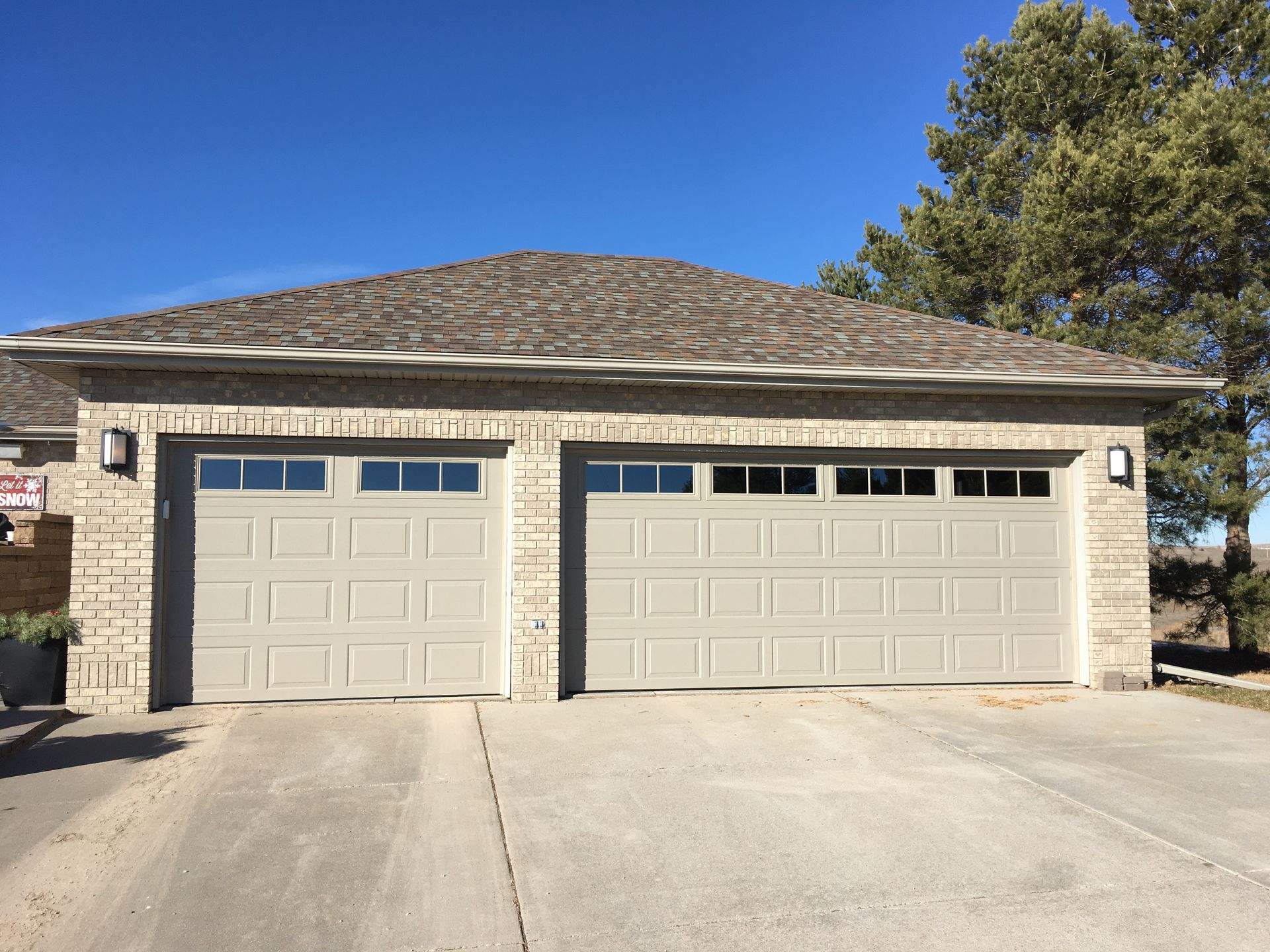Looking to add another layer of shingles to your roof? While it may seem like a simple fix, it’s important to weigh the pros and cons, check building codes, and explore expert alternatives.
Weighing Cost-Savings Against Long-Term Risks
Benefits: Adding a second layer of shingles can save on labor costs and time by bypassing the tear-off process. It's a commonly chosen option for those seeking budget-friendly roofing solutions.
Drawbacks: Over time, this approach can cause issues, including:
- Extra weight on your roof structure, potentially leading to sagging or damage.
- Difficulty identifying and fixing underlying problems, like leaks or rotting wood.
- New shingles may have a shorter lifespan because of heat retention and uneven installation caused by the existing layer.
Building Code Considerations
Building codes typically limit the number of roofing layers to two. Exceeding this limit could result in legal violations, insurance complications, and safety risks. Always verify local codes and seek expert advice.
Why Weathercraft Recommends Against Layering Shingles
Despite the initial appeal, Weathercraft advises against adding another layer of shingles. Here are the reasons why:
- Thorough Repairs: Removing the old shingles allows us to identify and repair hidden structural issues, ensuring long-lasting results.
- Enhanced Performance: By installing a single layer on a clean surface, new shingles adhere better and perform optimally over time.
- Improved Look: Single-layer installations lay flatter and look more polished.
Other Budget-Friendly Roofing Options
For those on a budget, here are several alternatives to adding another layer of shingles:
- Targeted Repairs Instead of Full Replacement: Address specific problem areas rather than redoing the entire roof.
- Energy-Efficient Options: Choose shingles with better insulation to save on energy bills in the long run.
- Affordable Financing Options: Weathercraft offers affordable options to spread out roof replacement costs.
